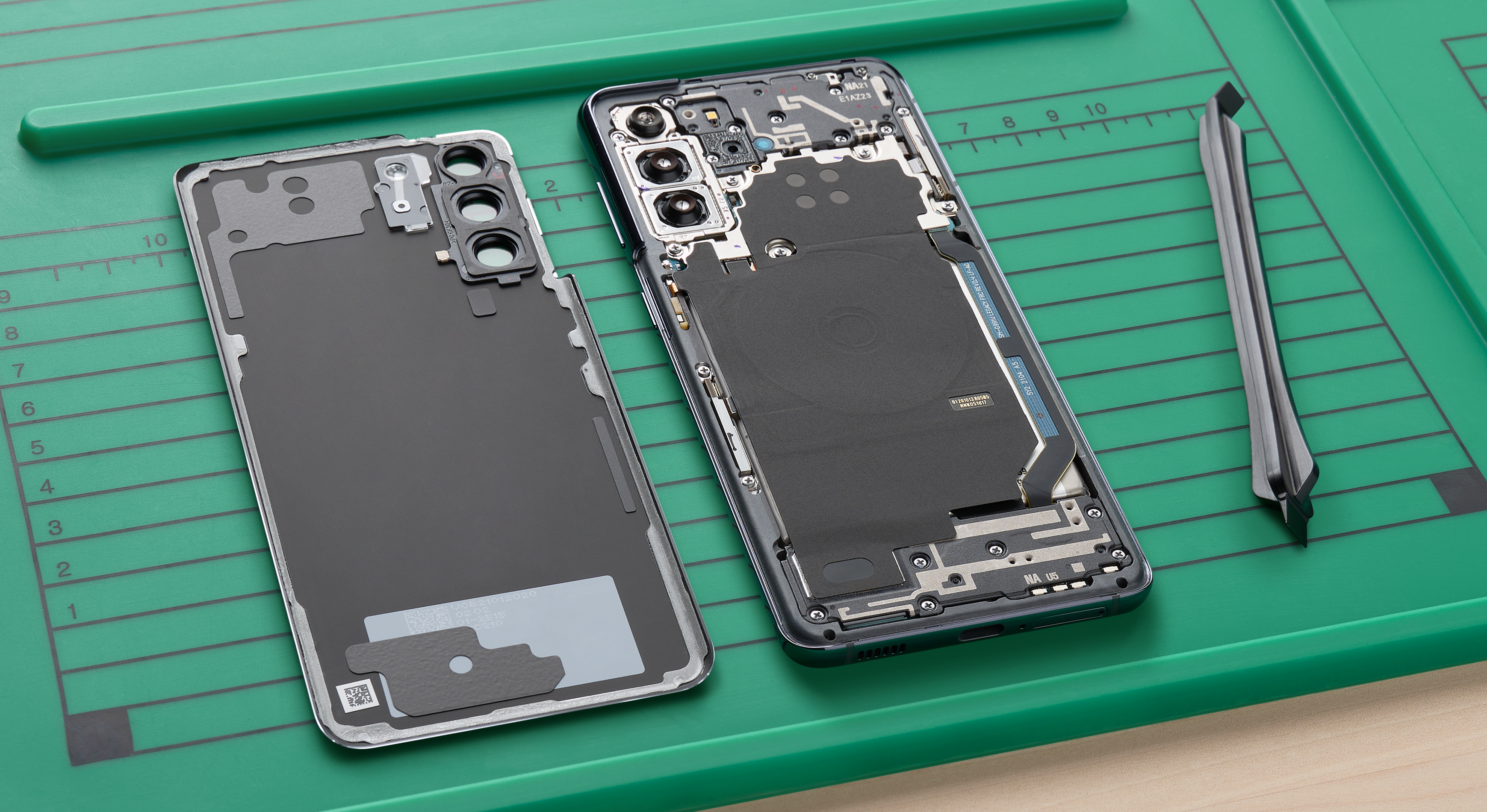Making phones easier to repair is important even though you'll never try it
The availability of "official" parts is a big deal.

It's easier than ever to fix your phone even though it's not really easy. This is a really big deal and it's been a long road to get to this point, and we should all be happy about it even though chances are none of us will ever attempt to do it.
The latest iPhone is the newest model to be touted as "easy" to repair but we've seen official programs from both Google and Samsung designed to make the availability of parts more accessible and even change the way things are put together, making it more simple to take it back apart.
While ultimately these changes were from the companies making our phones, much of the credit goes to legislation. In the U.S. we've seen an executive order that calls on the FTC to make manufacturers accountable for “making repairs more costly and time-consuming, such as by restricting the distribution of parts, diagnostics, and repair tools” and the French government has forced manufacturers to post an actual reparability score alongside the price.
This is the sort of policy that forces companies like Apple, Google, and Samsung to address the problems that come with building products designed to have short lives. E-waste is a serious problem that requires aggressive solutions.

The way to tackle the problem is, of course, to make things like smartphones have longer lives by making it easier to perform simple repairs such as replacing batteries or broken screens. This leads to less waste and saves consumers money. Since both of these issues can factor into a purchase decision, it also makes sense for companies to abandon the planned obsolesce practices of the past. Everyone wins.
None of this means it's actually easy to fix a phone though, and there is a good chance that you would never even consider it. According to Google, which has partnered with repair specialist company iFixit, programs that make repairs accessible are designed for “independent repair professionals and skilled consumers with the relevant technical experience.”
But that's the beauty of it all — you don't have to fix it yourself to benefit. Everyone is familiar with AppleCare, the insurance program offered that will (usually) repair or replace your Apple products if needed. It's expensive, but for a lot of people, it can be a justified expense.
Be an expert in 5 minutes
Get the latest news from Android Central, your trusted companion in the world of Android

A program like AppleCare thrived under the "old" system where parts weren't made readily available to companies that weren't approved by Apple. A lot of words have been written about how Samsung (for example) had no equivalent. That was a good thing. Not because it was more difficult to get your phone fixed, but because you weren't forced to use parts and services designed to purposefully fail if not installed by an approved partner.
Having parts available — whether because it's the law to because companies have made goodwill gestures — to independent yet qualified repair shops is important and a much better solution.
I consider myself pretty handy when it comes to wielding a screwdriver or a soldering iron. I have performed "simple" repairs on smartphones, like changing the battery or fixing a broken charging port. I will tell you upfront it was neither fun nor easy. I've also taken phones to repair shops because I just couldn't sort out how to get them opened without causing more problems.
Having phones designed to come apart to be repaired and making sure the replacement parts are readily available is the biggest innovation in the smartphone space in a long, long time.

Jerry is an amateur woodworker and struggling shade tree mechanic. There's nothing he can't take apart, but many things he can't reassemble. You'll find him writing and speaking his loud opinion on Android Central and occasionally on Threads.
